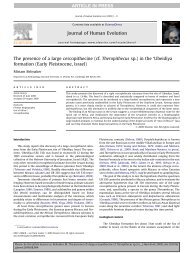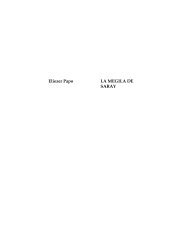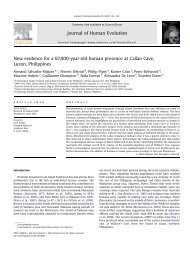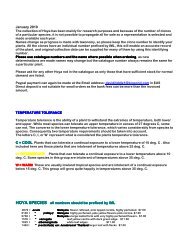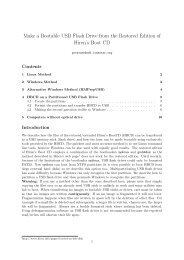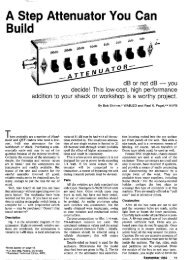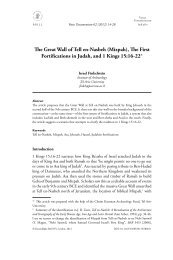Budapest
Budapest
Budapest
Create successful ePaper yourself
Turn your PDF publications into a flip-book with our unique Google optimized e-Paper software.
http://www.campus-zone.com/index.php?option=com_content&task=view&id=18&Itemid=40<br />
Buda Castle was built on the southern tip of Castle Hill, next to the old Castle District (Hun: Várnegyed), which is<br />
famous about its medieval, Baroque and 19th century houses and public buildings. It is linked to Adam Clark Square<br />
and the Széchenyi Chain Bridge by the Castle Hill Funicular.<br />
History<br />
The first royal residence on the Castle Hill was built by King Béla IV of Hungary between 1247 and 1265.<br />
The oldest part of the present-day palace was built in the 14th century by Prince Stephen, Duke of Slavonia, the<br />
younger brother of King Louis I of Hungary. The Gothic palace of King Louis I was arranged around a narrow<br />
courtyard next to the Stephen's Tower.<br />
King Sigismund Luxemburg of Hungary greatly enlarged the palace. During his long reign it became probably the<br />
largest Gothic palace of the late Middle Ages. Buda was also an important artistic centre of the International Gothic<br />
style.<br />
The last phase of grand-scale building activity happened under King Matthias Corvinus) when Italian humanists,<br />
artists and craftsmen arrived at Buda. The Hungarian capital became the first centre of Renaissance north of the<br />
Alps.<br />
After the Battle of Mohács the medieval Kingdom of<br />
Hungary collapsed. On 29 August 1541 Buda was occupied again by the Ottomans without any resistance. The<br />
Hungarian capital became part of Ottoman Empire as the seat of the Eyalet of Budin.




